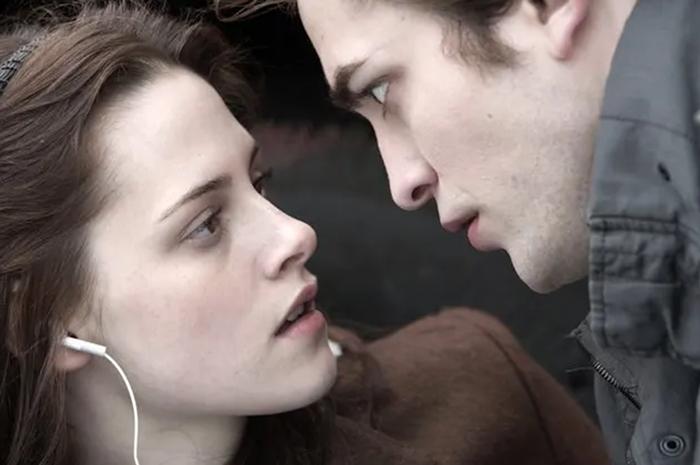If you're going to talk about Reading.Writing.—the exhibition of artwork about the making and deciphering of words that's on view at galleryHOMELAND—you have to talk about the exhibition's curator, local arts writer Lisa Radon (known for her work with Portland Monthly, Ultra, and now Oregon ArtsWatch). Radon's bio begins, "Write about art and make art about writing," and, unsurprisingly, Reading. Writing. follows this general mission statement.
The exhibit takes on what Radon calls the "Möbius strip" of written communication—the closed-circuit plane, where reading and writing flow into one another.
For instance Patrick Collier's series Gist crops newspaper clippings into de-contextualized blips—"Final Word" reads, "failing and I think/For instance, culture." The piece works like a corner-of-the-eye reading, just a few words accumulating beyond their original value.
Meanwhile, James Yeary's "w n e f e Jackson Mac Low a Concrete Poem Set to Doom Music" takes a copy of Ezra Pound's The Cantos and whites out portions which were originally deleted in Words nd Ends from Ez—a "procedural poem" by Jackson Mac Low reducing Pound's 800-page Cantos into a slimmer, 88-page text. Combining these two works, Yeary maintains the heft of Pound's original, while physically imposing Mac Low's truncation.
Where Collier and Yeary crop and reduce text respectively, other artists forgo alphabetic symbols entirely. Emily Ginsburg's "Underlining Every Word from 'Mr. Palomar on the Beach Reading a Wave'" uses lines of sea salt to stand in for text's place on the page, the little Braille-like bumps re-presenting the "residue and evidence of a fleeting experience." Similarly, but to different ends, Derek Beaulieu's "The Newspaper" translated an issue of the Calgary Herald into rectangular fields of color, each column replaced by a solid block that corresponds not to the factual information contained, but the structure and layout through which that information is presented.
While many of the works ditch the chattier aspects of written communication, my personal highlight from the show happens to be more talkative: Allan Kaprow's "Notes on the Elimination of the Audience" Translated from English to American, by Sean Joseph Patrick Carney—a short text which humorously translates Kaprow's essay on performance art and audience participation into nonacademic, modern English. It's an awesome read, and ultimately representative of Radon's multifaceted interest in writing and art, an interest on display in Reading.Writing.













